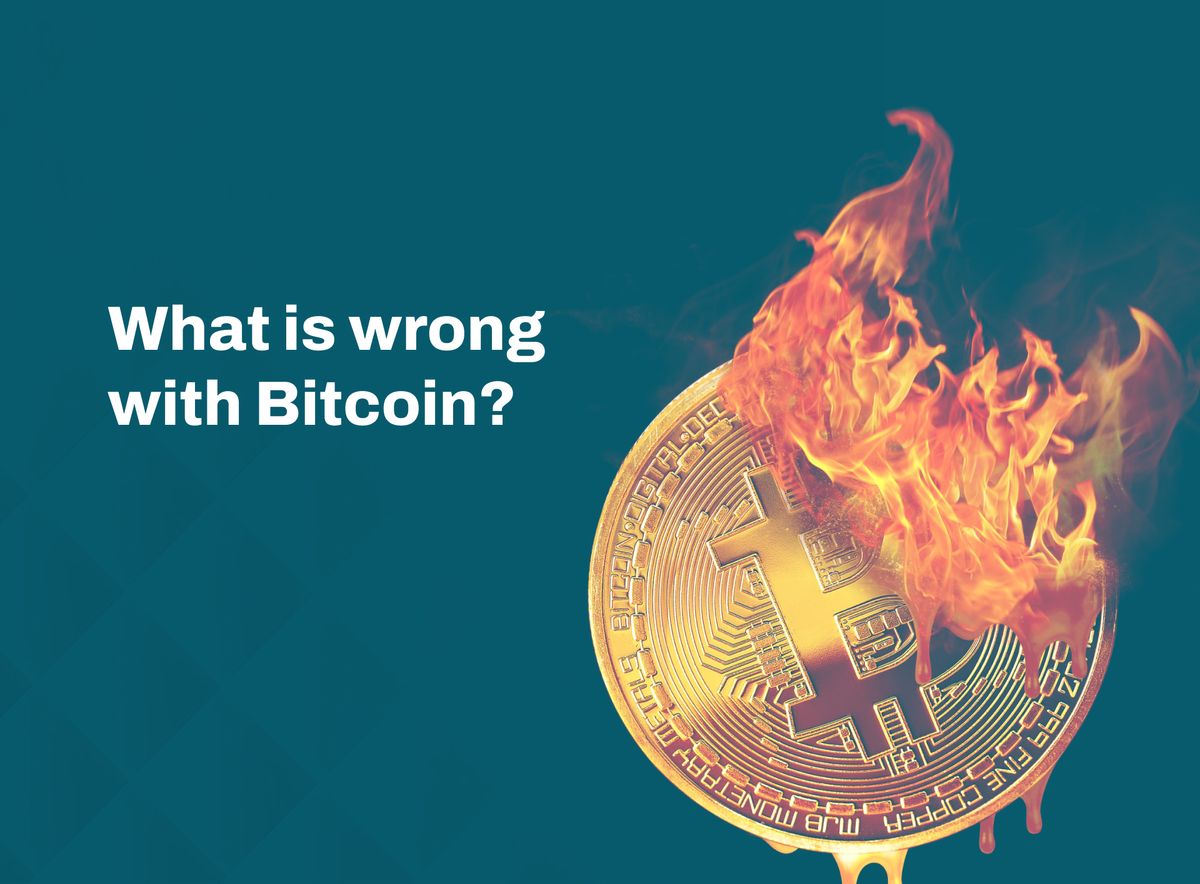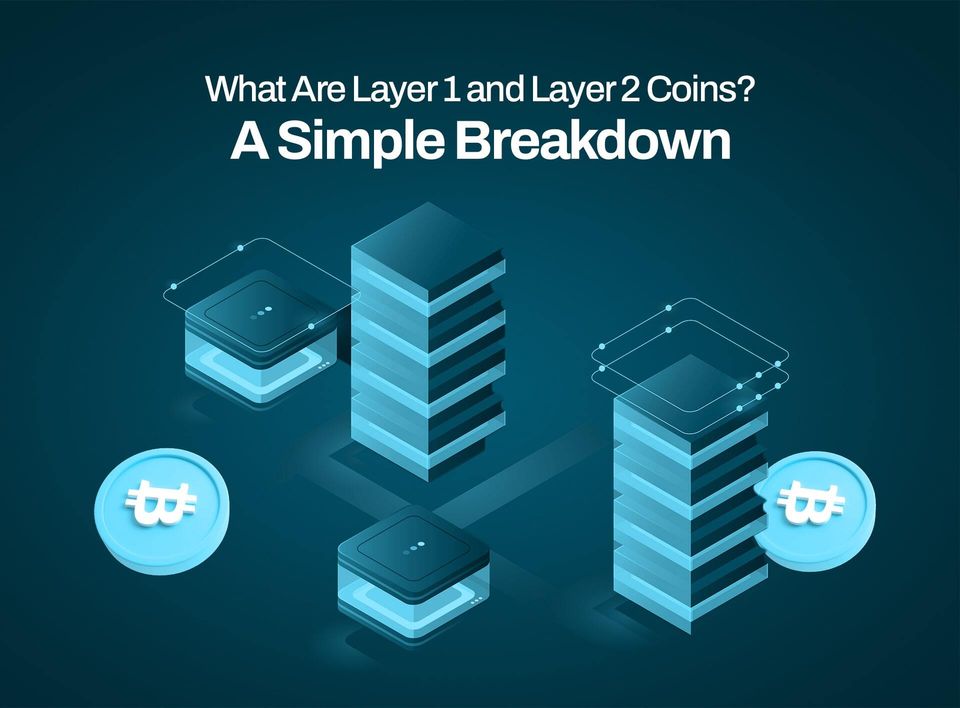Why Are Bitcoin Transaction Fees Increasing?
Here is why Bitcoin transaction fees are increasing and how to reduce your trading, buying and selling transaction costs.

Bitcoin transaction fees recently increased to a shocking price.
On Wednesday, May 3rd, 2023, the average fee per Bitcoin transaction rose to $7.25, the highest since July 2021. For comparison, the rate so far this year has fluctuated between roughly 50 cents and $4.
This article explains why transaction fees have increased significantly and how a crypto trader can avoid/manage them.
Why do blockchains need transaction fees?
Blockchain networks, like the Bitcoin and Ethereum networks, need something to prevent fraudulent transactions from overloading the system and blocking the smooth flow of trades. Transaction fees help prevent this overload.
When you pay a transaction fee, you're also paying the people who work hard to secure and maintain the blockchain network.
When it comes to the Bitcoin blockchain specifically, transaction fees are essential. They were established by the creator, Satoshi Nakamoto, to stop spam Bitcoin transactions from happening and slowing down the network.
Transaction fees also serve as an incentive or financial encouragement for Bitcoin miners to continue validating transactions.
It's important to state that the fees you pay for buying and selling Bitcoin on a crypto exchange are not the same as those paid to process a Bitcoin transaction on the blockchain.
Why are Bitcoin transaction fees increasing?
Bitcoin transaction fees rise and fall as the price of BTC increases. However, on May 1st, 2023, YCharts showed a considerable rise in BTC transaction fees, hitting a high of $7.24 on May 3rd.
What caused this heavy surge? Here are two reasons:
1. The launch of BRC-20 and high demand for BRC-20 tokens
BRC-20 is a new token standard that was launched in March 2023. Token standards are a set of rules, functions and conditions that guide how a crypto token works. The BRC-20 allows programmers and developers to create and send tokens using Bitcoin Ordinals.
Bitcoin Ordinals are a technology used to create Bitcoin NFTs by attaching data such as images or videos to satoshis (a satoshi is the smallest unit of a bitcoin, and there are 100 million satoshis in one bitcoin).
Bitcoin ordinals give the Bitcoin blockchain the non-fungible feature needed to create NFTS. NFTs are one-of-a-kind digital assets, like photographs and digital art, that can be bought and sold on online markets like OpenSea, and are subject to the standard market laws of demand and supply.
While Bitcoin Ordinals are non-fungible, BRC-20 tokens are fungible.
Before we go further, let's explain what non-fungible and fungible mean.
Non-fungible means that a particular asset or item cannot be replaced or exchanged with something else because it has unique properties that make it irreplaceable.
An example is a rare diamond, an artwork like The Mona Lisa or the earlier mentioned NFTs. These items are "unique" and cannot be replicated, making them valuable.
Fungible items or assets can be exchanged for an identical item or asset without losing their value or quality. An example is the dollar, the naira, and cryptocurrencies such as Bitcoin. Similarly, items such as gold and silver are also fungible.
BRC-20 tokens are tokens created using the BRC-20 token standard we mentioned earlier and are tradable on exchanges. Since the release of the BRC-20 token standard in March, it's been used to create meme tokens.
Meme coins are cryptocurrencies named after popular memes like Pepe and Doge. You have probably heard of Dogecoin and perhaps even traded it. These meme coins have done relatively well in the past, so it is understandable that new ones are being created using the BRC-20 token standard.
These coins, such as PEPE, DOMO, and PUNK, gained a lot of hype during the first quarter of 2023, which led to a huge growth in their market capitalisation.
Because these tokens are based on the Bitcoin blockchain, their increasing popularity and demand among traders put an extra load on the network. A heavy network load typically causes higher transaction fees, which is what has been happening on the Bitcoin blockchain.
Creating and trading transferring BRC-20 tokens uses more data than a regular BTC trade, which makes them occupy more space on the Bitcoin blockchain.
This causes increased competition for miners and higher fees for users, especially during peak trading hours.
2. The rise in popularity of Bitcoin Ordinals and NFTs
The Bitcoin Ordinals protocol was launched at the end of 2022 and is becoming more popular among developers, investors and traders as they recognise its potential.
Bitcoin users can use the protocol to create NFTS and compete with the Ethereum blockchain, which has been the primary NFT creation and trading blockchain for years. As more people trade and create NFTs on the Bitcoin blockchain, the heavier the load on the blockchain becomes.
And as we mentioned earlier, a heavily loaded blockchain leads to higher-than-usual transaction fees.
It's necessary to mention here that the Bitcoin blockchain can't quite handle heavy demand efficiently because most Bitcoin blocks are only 1MB-1.5MB, and each block processes a limited amount of transactions. This causes long waiting periods to confirm Bitcoin transactions and sometimes higher user fees.
How to avoid high Bitcoin transaction fees
Here are a few things you can do to avoid or work around high Bitcoin transaction fees.
- You can time your Bitcoin transactions to ensure you're not trading during peak periods with high traffic volume. Usually, the most active hours are between 8 a.m. and 4 p.m., so to lower your fees, consider trading during less busy hours or at night.
- You can also try batching your transactions. This means adding all your transactions into one transaction rather than doing them individually. This is a great way to lower the amount of data you're adding to the network and save some coins on the fees you would otherwise pay.
- You can use a zero or low-fee crypto exchange, like Obiex, to reduce your charges. Choosing a platform with lower fees can drastically reduce the overall cost per Bitcoin transaction, especially if you have to pay additional maker, spreader or taker fees.
Final Word
Bitcoin transaction fees are constantly changing. Transaction fees can change in a few minutes or hours.
However, the current surge in Bitcoin fees is caused by the heavy load on the network from the high volume of BRC-20 and Bitcoin NFT trading.
It is advisable that while the transaction fees are currently unstable, you can apply some of the tips we gave above to manage the cost of your BTC transactions.
Disclaimer: This article was written to provide guidance and understanding. It is not an exhaustive article and should not be taken as financial advice. Obiex will not be held liable for your investment decisions.




